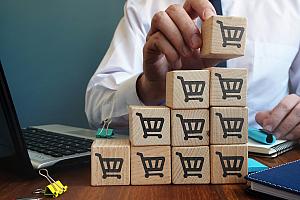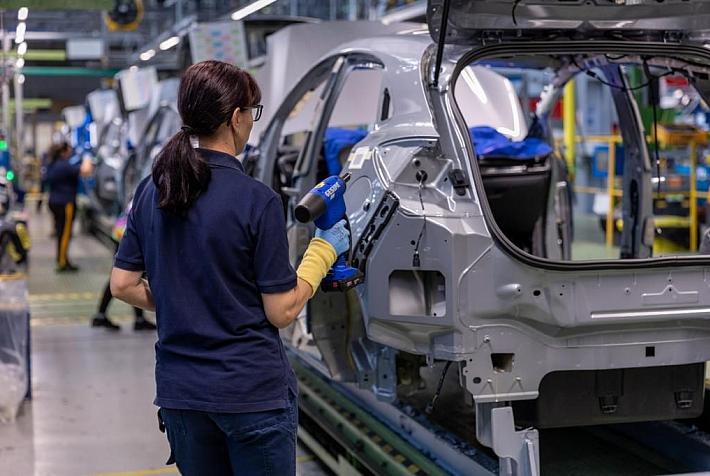Romania’s sales of non-food goods hit new record in July

The volume of retail sales in Romania rose by 8.1% y/y in July, slightly slower compared to the 9.8% y/y advance in Q2, dragged down by sluggish sales of car fuels (+0.6% y/y) but substantially driven by the sales of non-food goods (+14.5% y/y) that reached a new record when expressed in seasonally adjusted terms.
Private consumption in Romania thus remains robust, fueled by the significant advance in net wages (6.5%-8.2% y/y over the past three quarters).
The wage hikes in the public sector as of July and the higher pensions paid since September are expected to fuel retail sales and make private consumption the main driver for the country’s economic growth. The pass-through ratio from retail sales to GDP growth is, however, modest due to the reliance on imported consumer goods in a multitude of segments.
While it is clear that the sales of non-food goods are rising faster than those of food goods (+14.5% y/y versus +4.8% y/y), it is unclear which particular segments are driving this advance.
More detailed data as of June reveal that the sales of non-food goods in non-specialised stores (supermarkets to hypermarkets) surged by +28% y/y in Q1 and +35.9% y/y in Q2, much faster than the sales of food goods in the same stores (+1.5% y/y in Q1 and +5.8% y/y in Q2). The supermarkets and hypermarkets thus focused on the sales of non-food goods.
At the same time, the sales of food goods increased in the specialised stores much faster than in non-specialised stores (+10.6% y/y versus +5.8% y/y in Q2). The specialised stores sell fewer food goods under the price-capping regulations set by the Government as they sell, to a large extent, goods in bulk.
When it comes to the sales of non-food goods in specialised stores (which increased by double-digit rates in each of the first two quarters of 2024), it is the “other goods” (other than household goods, communication and information equipment, and cultural goods) that surged fastest: +18.8% y/y in Q1 and +16% y/y in Q2 compared to only +9.6% y/y in 2023.
This is the element that featured step-like dynamics at the beginning of 2024 and raised a question mark regarding the re-base of the time series and possibly changes in the methodology operated by the statistics office. The step-like profile is quite visible and there is not much ground to explain the sudden rise in households’ propensity to buy clothes or other non-household non-food goods – estimated at about +10%.
iulian@romania-insider.com
(Photo source: Djedzura/Dreamstime.com)













